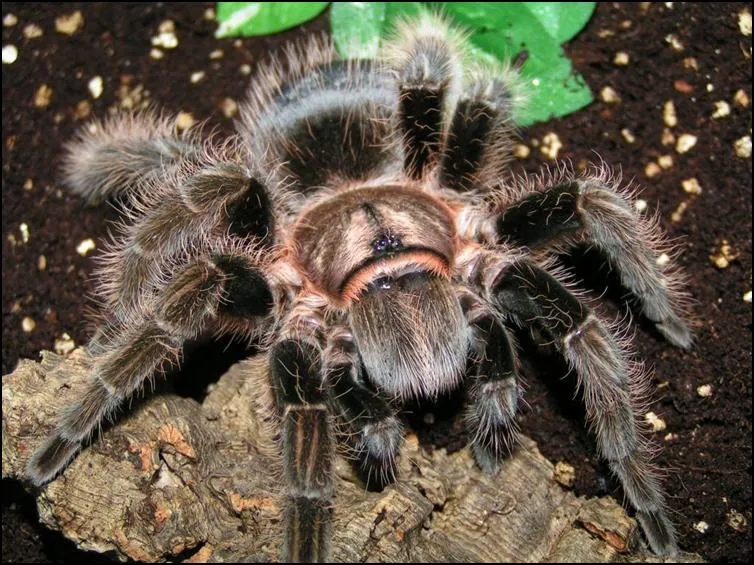What is the Ometepe Island Curly Hair Tarantula?
The Ometepe Island Curly Hair Tarantula (Tliltocatl albopilosus) is a fascinating species of tarantula native to Nicaragua, particularly found on Ometepe Island. Known for its distinctive appearance and relatively docile nature, this tarantula has become a popular choice among enthusiasts. The island’s unique environment contributes to the tarantula’s characteristics, making it a subject of interest for both researchers and nature lovers. This arachnid is a captivating example of the biodiversity found in Central America. The term “curly hair” refers to the hairs on its body, which give it a unique look.
Where to Find the Ometepe Island Curly Hair Tarantula
Ometepe Island, formed by two volcanoes rising from Lake Nicaragua, provides the perfect habitat for the Curly Hair Tarantula. These tarantulas are commonly found in various locations across the island, including the slopes of the volcanoes, dense forests, and even near human settlements. The island’s rich volcanic soil and humid climate create an ideal environment. Exploring these areas with respect can be a rewarding experience for those keen on observing wildlife. Remember to always observe from a safe distance and never attempt to handle any wild animal.
Identifying Features of Ometepe Island Tarantulas
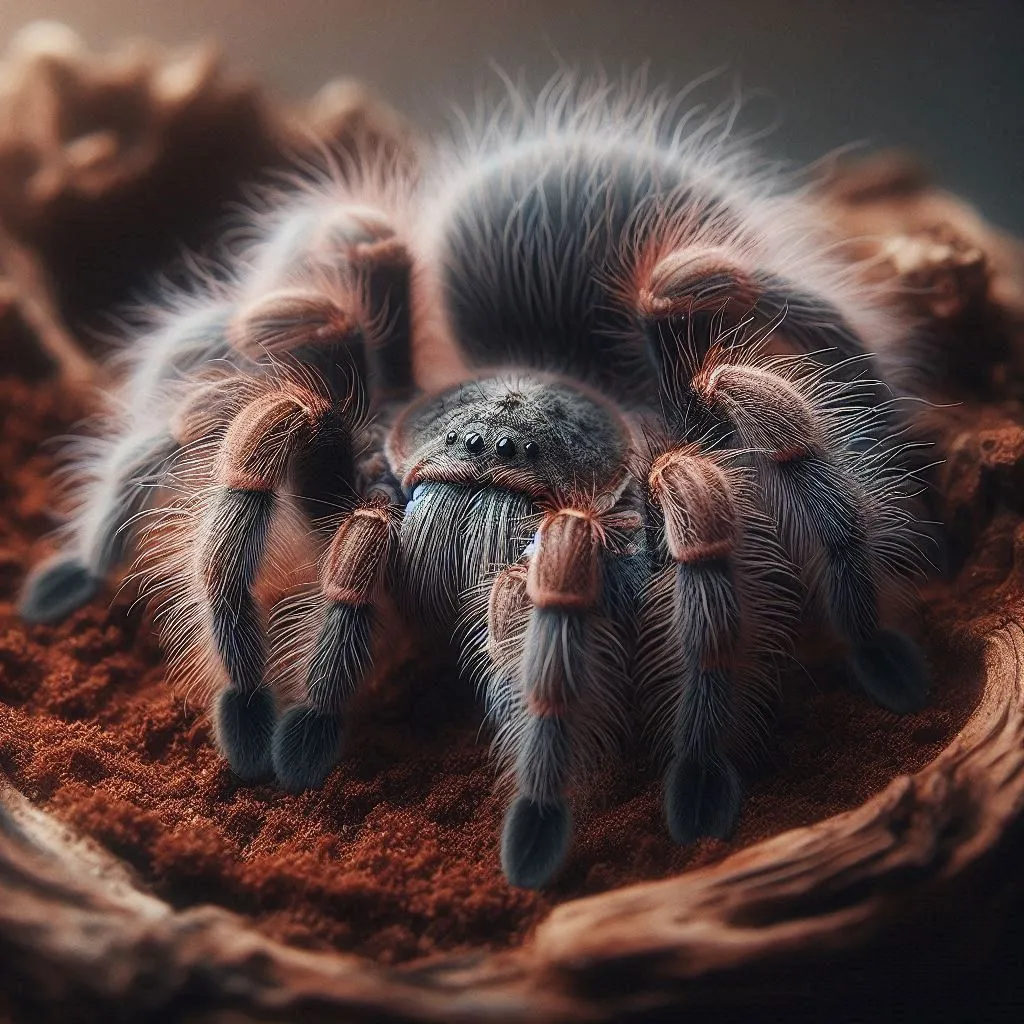
Size and Appearance
The Ometepe Island Curly Hair Tarantula is a medium-sized tarantula, with a leg span that can reach up to 5 to 6 inches. Their bodies are robust, and their overall appearance is quite striking. The females are generally larger than the males, and the tarantulas’ body size varies depending on their age and diet. Observing the size can help in identifying the specific life stage of the tarantula. These tarantulas have a distinct look that makes them easily recognizable.
Coloration and Markings
The most distinguishing feature of this tarantula is its curly hair, which gives it its name. These hairs cover the body, giving it a fuzzy appearance, particularly around the legs and abdomen. The base color is typically a dark brown to black, complemented by the lighter, golden-brown hairs. The color can vary slightly depending on the individual and its environment. These colors help the tarantulas to blend in with their surroundings, and the curly hairs serve as a sensory tool and a defense mechanism.
Behavioral Traits of Ometepe Island Tarantulas
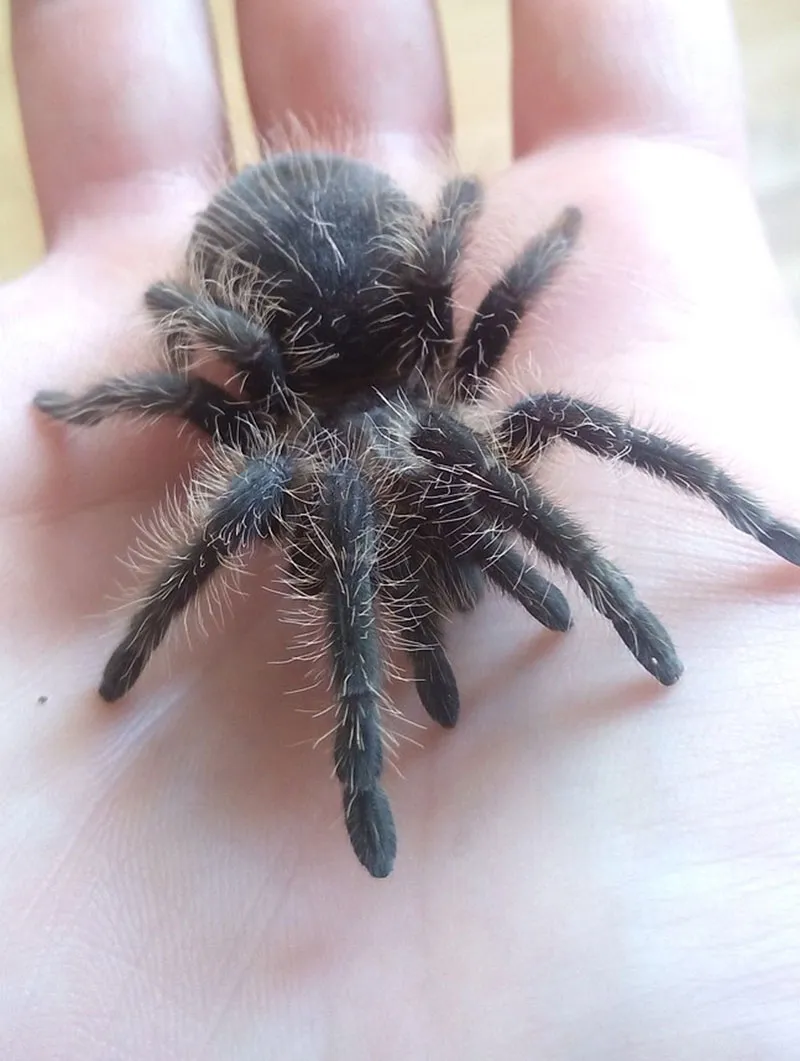
Daytime and Nighttime Activity
Curly Hair Tarantulas are primarily nocturnal creatures, meaning they are most active during the night. During the day, they typically retreat to burrows or hide under rocks, logs, or in dense vegetation to avoid the sun. They emerge at night to hunt for food and explore their surroundings. This nocturnal behavior is a survival adaptation, allowing them to avoid predators and take advantage of cooler temperatures. Observing them at night is therefore a more likely chance to spot them.
Defensive Mechanisms
Like other tarantulas, the Ometepe Island Curly Hair Tarantula possesses several defensive mechanisms. One is the urticating hairs on their abdomen, which they can flick at perceived threats. These hairs cause irritation upon contact, deterring potential predators. They can also bite if they feel threatened, though their venom is not typically considered dangerous to humans. Their primary defense is to hide, or run away if the situation gets too serious. It’s crucial to maintain a safe distance when observing them.
Habitat of Ometepe Island Tarantulas
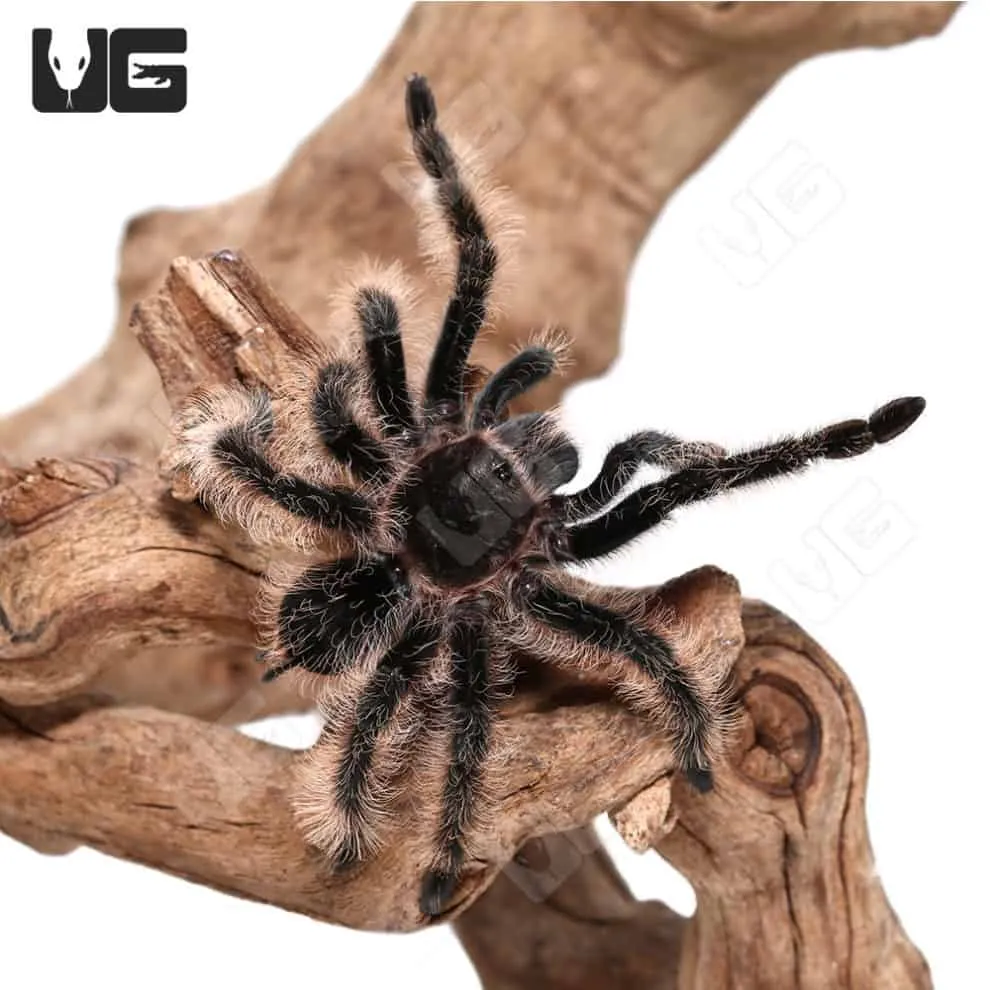
Preferred Environments
The Ometepe Island Curly Hair Tarantula thrives in the humid, tropical environment of Ometepe Island. They prefer areas with well-drained soil and plenty of cover, such as forests, grasslands, and areas with moderate leaf litter. They often create burrows in the ground or take shelter under rocks and logs. The presence of suitable habitats with the correct soil conditions and humidity levels is crucial for the tarantulas’ survival and reproduction.
Microhabitats
Within their preferred environments, Curly Hair Tarantulas utilize various microhabitats. They commonly create burrows, which help them regulate their body temperature and provide shelter from predators. These burrows can be several inches deep, depending on the soil type. They also utilize natural shelters like fallen logs, rocks, and the dense foliage. These microhabitats are vital for their survival, providing protection and aiding in hunting.
How to Spot Ometepe Island Curly Hair Tarantulas During the Day
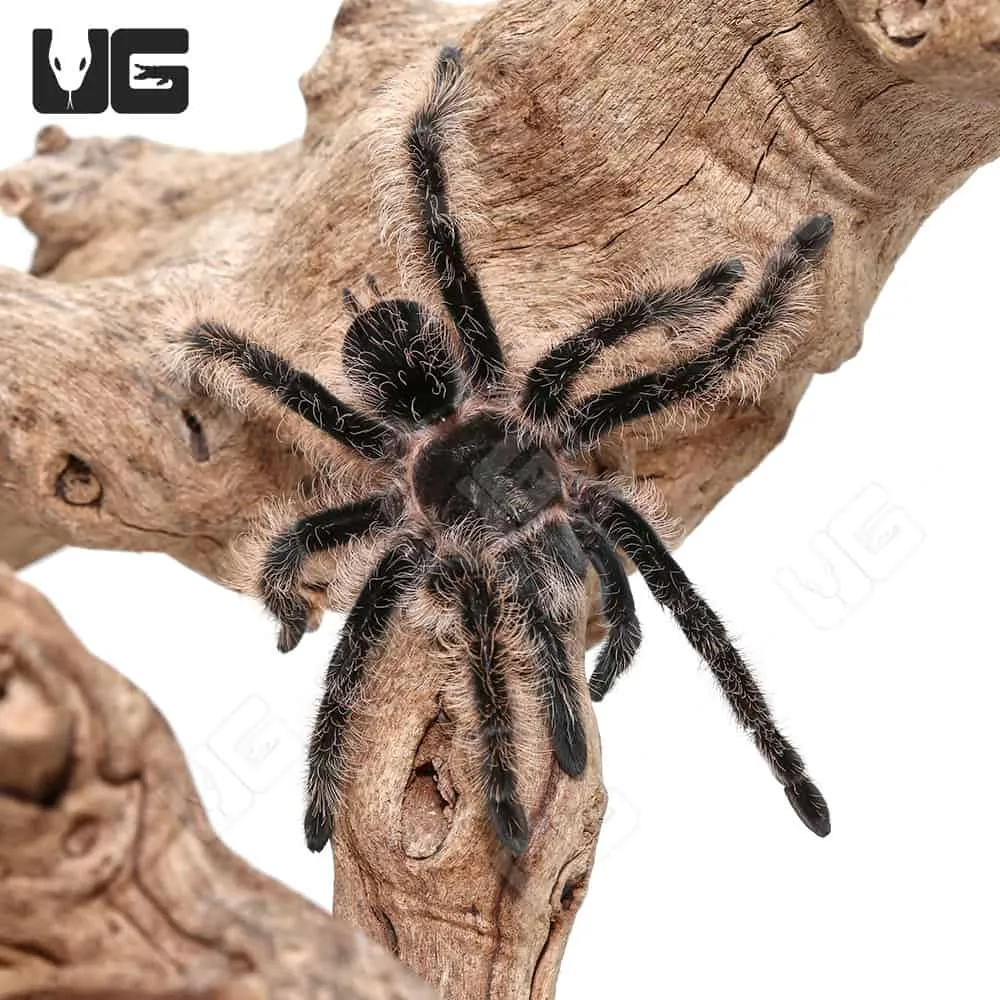
Best Times for Observation
While Curly Hair Tarantulas are mainly nocturnal, there are times when they can be seen during the day. The early morning or late afternoon are the best times to search for them as they may be active before the sun gets too intense. After heavy rains, tarantulas may also be forced to come out of their burrows. Careful observation during these times can increase your chances of spotting them. Patience is key, as these tarantulas are masters of camouflage.
Ideal Locations
When searching for Ometepe Island Curly Hair Tarantulas during the day, focus on areas with suitable habitats, like forested regions or areas near streams. Look for signs of burrows, often indicated by small mounds of soil or silk webbing. Gently scanning the ground and under fallen logs, and rocks, can be productive. Remember to do this responsibly and avoid disturbing their habitat. Maintaining a safe distance is crucial when observing these fascinating creatures.
How to Spot Ometepe Island Curly Hair Tarantulas at Night
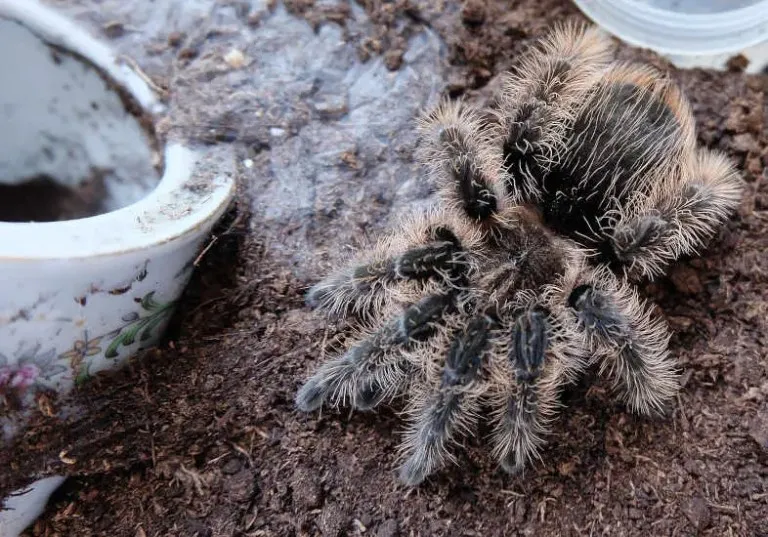
Using Light and Caution
Nighttime is the best time to spot Ometepe Island Curly Hair Tarantulas when they are most active. Using a flashlight or headlamp can help illuminate the terrain. When using lights, be cautious and avoid shining the light directly at the tarantula for extended periods. The sudden brightness can startle them. Be aware of your surroundings and move slowly and carefully. Always be mindful of their habitat and minimize disturbances.
Safety Precautions
Observing tarantulas at night requires certain safety precautions. Wear appropriate footwear, and clothing that protects your skin from potential contact with vegetation or insects. It’s advisable to go with a companion and inform someone of your location and expected return time. If you encounter a tarantula, maintain a safe distance and avoid making sudden movements. Never try to touch or handle a wild tarantula. By taking these precautions, you can enjoy a safe and memorable experience.
Conservation Status of Ometepe Island Tarantulas
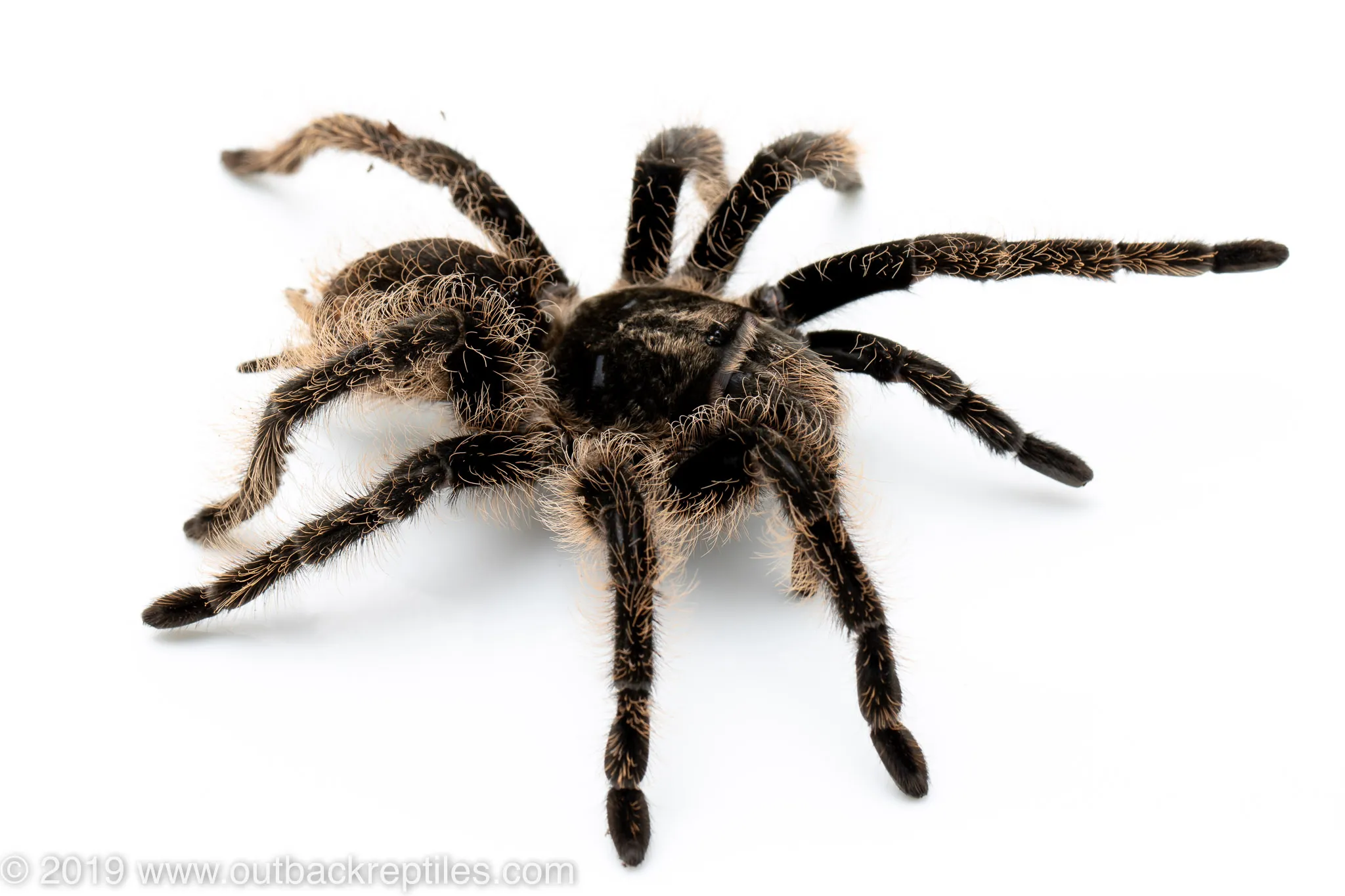
Threats to the Species
The Ometepe Island Curly Hair Tarantula faces several threats. Habitat loss due to deforestation and agricultural expansion is a significant concern, as it reduces their living space. Another threat is the pet trade, as tarantulas are sometimes captured for sale, which affects wild populations. Climate change and environmental degradation also pose potential risks. Raising awareness about these threats and promoting sustainable practices is crucial for the conservation of these beautiful creatures.
Conservation Efforts
Various efforts are in place to protect the Ometepe Island Curly Hair Tarantula. These include the protection of their habitats, encouraging sustainable tourism practices, and educating local communities about the importance of tarantula conservation. Research projects are being conducted to understand the species better, and inform conservation strategies. Supporting eco-tourism initiatives and advocating for responsible environmental policies can contribute to their protection. Conservation is a combined effort.
In conclusion, the Ometepe Island Curly Hair Tarantula is a captivating species that adds to the unique biodiversity of Ometepe Island. Understanding their behavior, habitat, and the threats they face is crucial for effective conservation. Observing these creatures requires respect, awareness, and a commitment to their safety and preservation. By taking responsible actions, we can ensure that future generations can also appreciate the beauty and wonder of these fascinating arachnids.
